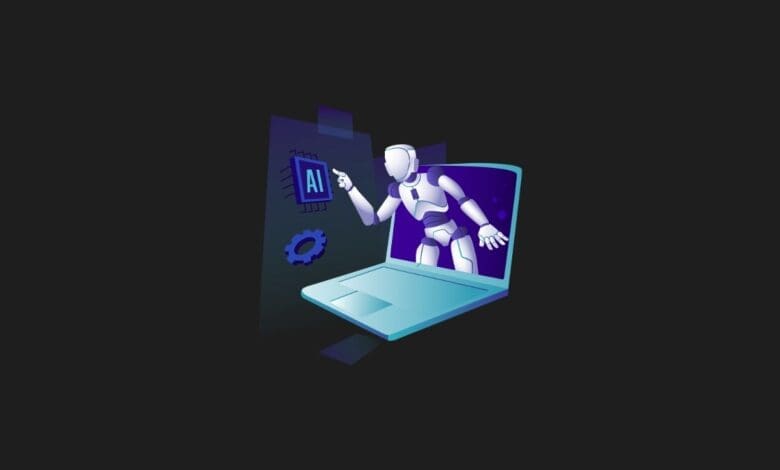
While reading content, have you ever pondered whether it was crafted by artificial intelligence (AI)? For those intrigued by the origins of the content they’re engaging with, here’s a comprehensive guide to detecting AI-generated content!
The year 2025 has witnessed a profound influence of artificial intelligence across a multitude of fields, with copywriting being a prime example. The advancements in machine learning and natural language processing (NLP) have significantly increased the amount of content produced by AI.
Have you ever doubted the authenticity of the content you come across online and wondered if it was generated by AI? In this article, we will delve into how to discern whether content has been authored by AI, offering an in-depth examination of AI detection in content creation.
Did you know that there are 1000s of AI tools across more than 50 categories on Metaverseplanet? You can explore our Artificial Intelligence Tools category to discover the latest and most innovative AI solutions tailored for your needs.
What is Artificial Intelligence Content?
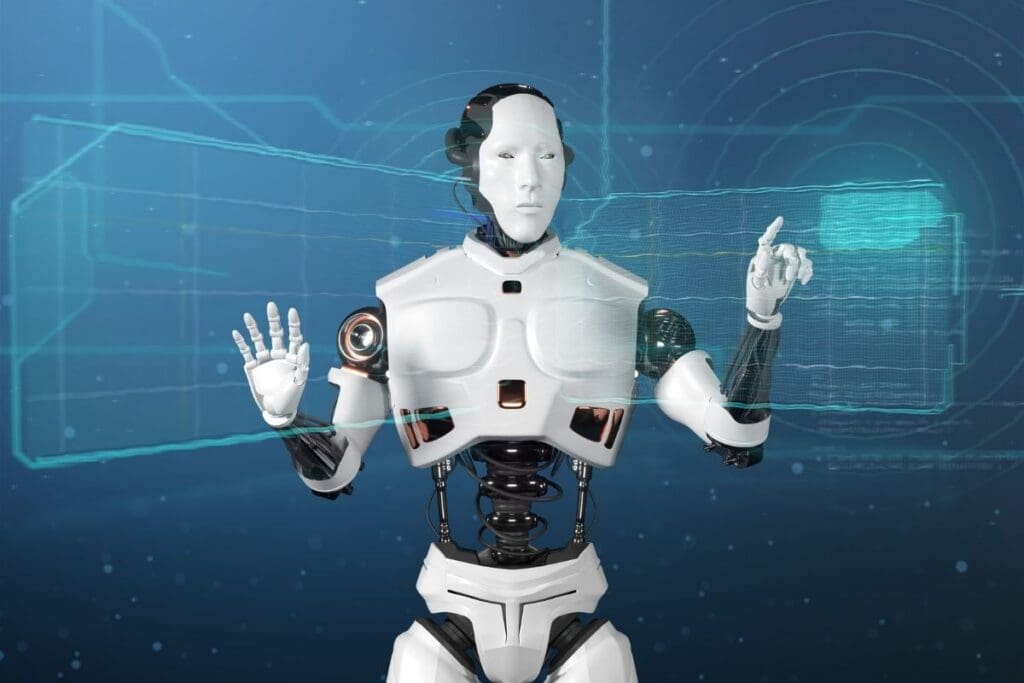
Content created by artificial intelligence (AI) is crafted using an AI algorithm. In the years 2024-2025, many marketers leveraged AI-supported content to meet their digital marketing objectives.
The most common uses of AI-generated content include:
- Advertising copy
- Blog posts
- Email templates
- Landing pages
- Social media posts
- Product and service descriptions
With the ongoing advancement of AI technology, the range of content types continues to expand, offering new opportunities for automated content creation.es benefiting from artificial intelligence is expected to expand even further.
Why Should Artificial Intelligence Content Detection Be Done?

Detecting content that has not been written by human content writers but generated by artificial intelligence (AI) is crucial. This importance is underscored by a statement from Google, indicating that content produced by AI will be viewed unfavorably according to webmaster guidelines.
The detection of AI-generated content is essential for several reasons:
- To earn readers’ trust
- To capture the attention of readers
- To achieve favorable rankings on Google
- To ensure content is created by real people
- To increase clicks on services and products
AI-generated content may experience lower interaction rates. Additionally, AI can produce spam content, negatively impacting Google rankings. Detecting AI in content helps to identify whether blog posts and images are plagiarized and informs about the authenticity of images and blog posts.
Google has the capability to easily identify AI-generated content. To do this, Google employs machine learning algorithms alongside Natural Language Generation (NLG) techniques. The syntax, grammar, and structure of the content are scrutinized using these advanced AI detection methods.
4o machine learning algorithms and NLG techniques.
Artificial Intelligence Content Detection Tools
Content written with artificial intelligence can be easily detected with various tools. Artificial intelligence detection in content can be detected with the following tools:
1.GPTZero
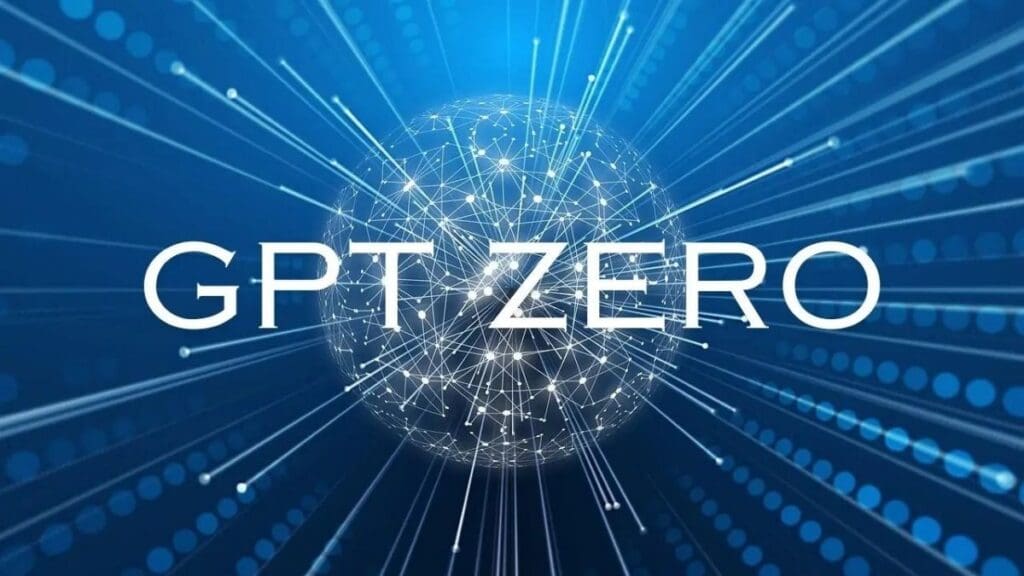
Research articles and blog content can be analyzed using a tool named GPTZero to ascertain whether they were created with artificial intelligence (AI).
This tool is commonly utilized by educators to determine if their students have employed AI in their projects and assignments.
GPTZero leverages a Chrome extension and API integration for the detection of AI-generated content.
2.Originality.io
Originality.io scans content and swiftly determines whether it was generated with artificial intelligence (AI). Boasting a 99% accuracy rate in detecting AI-produced content, Originality.io also helps to improve search engine rankings.
It is particularly adept at identifying content created with Copy AI and Jasper. Furthermore, Originality.io enables bloggers to detect plagiarism in their work, ensuring content originality and authenticity.
3.Gltr.io

The GLTR.io tool employs the GPT-2 117M language model. Within this tool, texts highlighted in red and purple are indicative of human-authored content. Conversely, texts generated by artificial intelligence (AI) are marked in yellow and green.
4.Writer.com

The Writer.com tool is available for use at no cost. When human-authored text is input into Writer.com, the outcome is displayed clearly. Similarly, the results for AI-generated text can also be showcased on the platform.
5.Content at Scale
The tool named Content at Scale can also be utilized to detect artificial intelligence (AI) in content. Content up to 2,500 characters can be analyzed free of charge on Content at Scale.
The tool clearly displays content that has been produced by AI. For content that is originally created by humans, the detection rate is shown as “0%”.
6.Quillbot
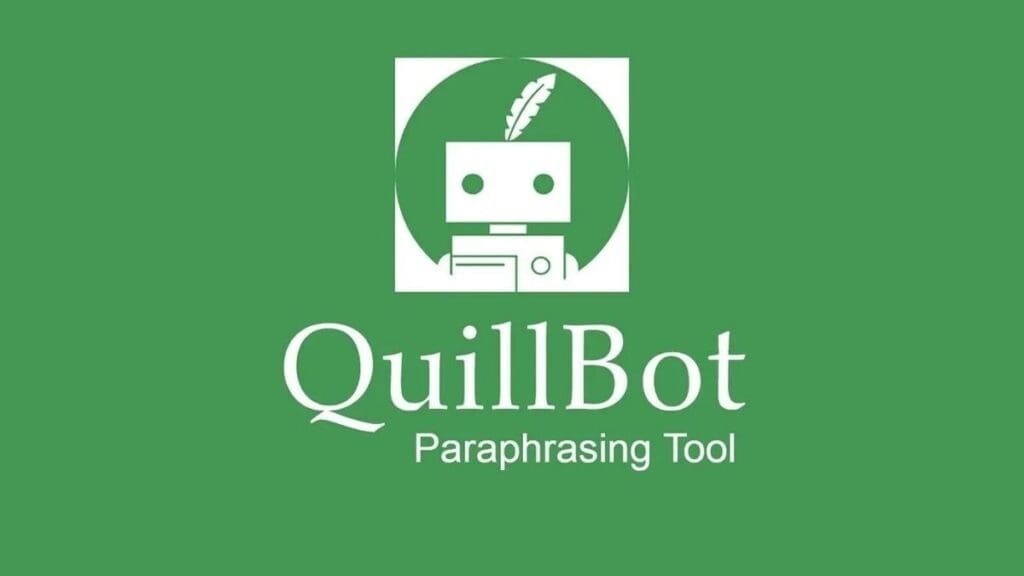
Quillbot is among the tools you can use to detect AI-generated content. It determines whether content has been prepared with artificial intelligence (AI) using machine learning algorithms.
7.Grover
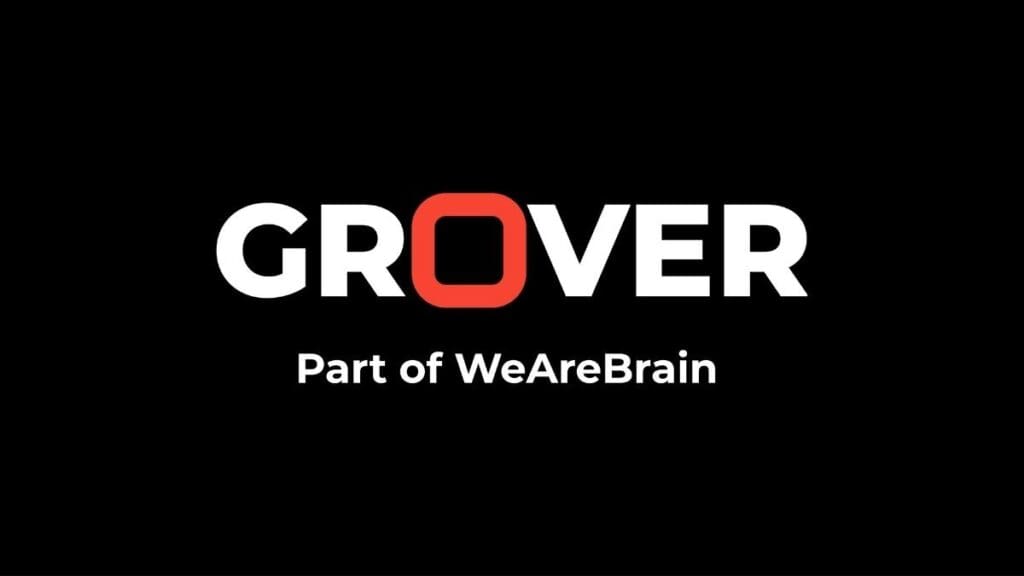
Fake news and AI-generated content can be easily detected with Grover. As a language model specifically designed for identifying AI-generated content, Grover is user-friendly. By inputting text into Grover, you can ascertain whether it was generated by AI.
8.Get Unmasked

Unmasking AI can be employed to determine whether the content on websites has been generated by artificial intelligence (AI). This tool analyzes the HTML code of the website and subsequently identifies whether it has been created by an AI system.
9.GPT-3 Detector

With the GPT-3 Detector, you can ascertain whether content has been generated using the OpenAI GPT-3 language model. This tool utilizes contextual information and n-gram analysis to determine if content is created with artificial intelligence (AI).
10.Turnitin

Turnitin, known for detecting plagiarism in content, also possesses the capability to identify AI-generated content. The platform employs machine learning algorithms to determine if the content has been prepared by artificial intelligence (AI).
Methods to Detect Artificial Intelligence Content

Detecting AI-generated content isn’t limited to just the applications mentioned above. Besides these tools, you can also determine if content is written by artificial intelligence (AI) through the following methods:
Checking for Similar Patterns
AI-generated content may exhibit repetitive patterns due to poor guidance. Pay attention to sentence endings and repetitive word usage, which could indicate AI-generated text.
Using Deepfake Detection Tools
Professionally designed deepfake detection tools and machine learning can identify AI-created content. These tools scan for synthesized visual artifacts undetectable by humans, identifying AI-generated images.
Tools like Deepware and DuckDuckGoose can detect facial distortions, interpolation, pixel patterns, and noise distribution.
Looking for Strange Objects in the Content
Examining objects within images can help determine if they were produced by AI. Strange objects within images likely indicate AI creation.
Testing for Plagiarism
A plagiarism check can reveal whether content is AI-generated, as AI-prepared content may have a high plagiarism rate.
Detection of Image Metadata
Analyzing image metadata can reveal whether images are AI-based. AI-generated images weren’t captured with a real camera, making original metadata inaccessible or incomplete.
Reverse Image Search
Conducting a reverse image search can help determine if images were produced by AI. AI-generated images won’t be found elsewhere online.
Tools like TinEye or Google Images can be used for this method by inputting the image URL to check its origin.
Check Writing Style and Tone
The authenticity of content can also be identified by examining its writing style and tone. Content with personal and humorous anecdotes is likely human-generated.
Storytelling Control
Check for storytelling elements in the content. Humans often incorporate storytelling into their writing, whereas AI-generated content tends to be direct and lacks storytelling elements.
You may also like this content
- ChatGPT: A Comprehensive Guide from A to Z
- How Advanced Is Your AI Expertise?
- Can Artificial Intelligence Recognize You?
Follow us on TWITTER (X) and be instantly informed about the latest developments…











